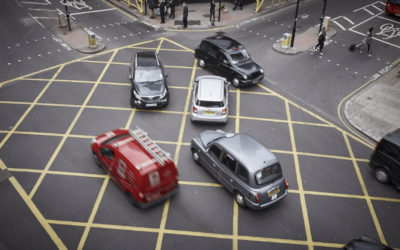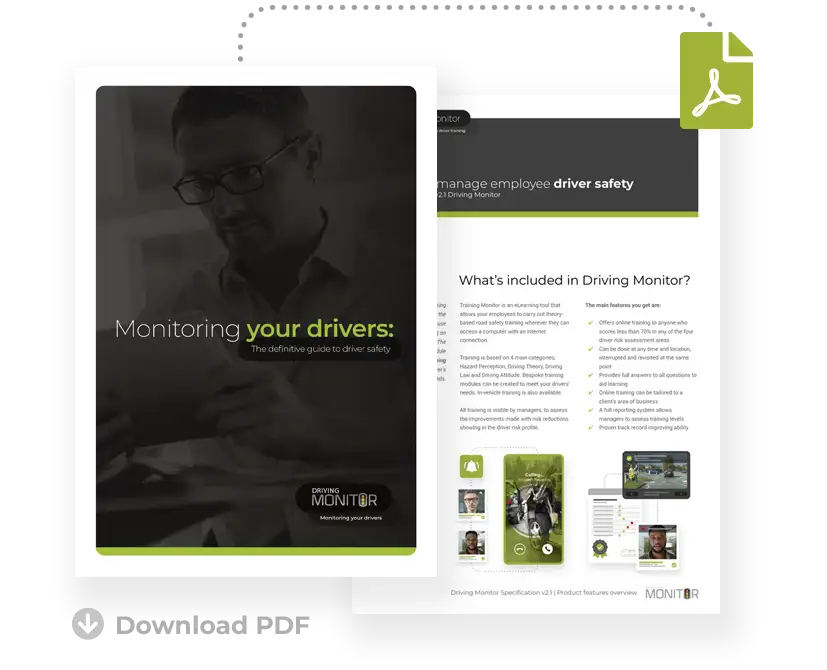More Traffic On The Roads Again, Latest Data Shows

Latest data from the Department for Transport (DfT) has shown that the number of trips that drivers and passengers took increased in 2023.
The information comes after the National Travel Survey results were published, which looks at the behaviour and trends of road users.
The average number of trips drivers and passengers took rose to 363 in 2023, while the per person figure was 185, although figures have not risen above pre-pandemic levels from 2019 and earlier.
Is More Traffic A Road Safety Concern?
As traffic levels rise, the natural concern is over what the impact on road safety is moving forwards.
Traffic levels had decreased significantly in 2020 and 2021 as the pandemic hit, with people working from home for the majority of those two years.
But in the years since, traffic levels have increased as people return to the office and road travel becomes more popular again.
One of the concerns is that as traffic density is increasing, so is poor driving behaviour.
In fact, a recent study found that many drivers believe that they’re witnessing more poor driving behaviour than ever, including tailgating, cutting people up, using handheld devices behind the wheel and not paying due care and attention.
And as 33% of drivers admit that they often ignore the two-second gap rule on the road, it’s a surefire sign that poor driving habits are an issue that needs to be addressed.
One of the reasons for the concern in the study is said to be the issues that police and authorities have in monitoring and penalising motoring offences. That’s because a reduction in the number of traffic police on the road means that the police presence isn’t as great as before, meaning that many offences can go unpunished if they’re not spotted.
A combination of more traffic and less police presence means that other solutions might need to be explored…
The Future Of Road Safety
As traffic levels return to the trends, we saw pre pandemic, it’s fair to say that we can expect those upward trends in the number of vehicles on the road to return as well.
But as more people drive on the road, poor driving behaviour comes into even sharper focus.
It’s why National Highways, the DfT and the police are looking at ways to curb driving offences on main routes such as motorways and A-roads.
Operation Snap was a great example of this, as it provides a central place for road users to send in dashcam footage, as well as personal camera footage from cyclists, horse riders and pedestrians.
That means they can harness the power of citizen footage from all vehicles, including fleets, if they believe an offence has been committed.
It’s why many are calling for AI and automatic detection technology to catch offenders on the road…
Do you think more needs to be done to curb poor driving behaviours as traffic levels increase? Have you seen a rise in aggressive or poor driving in recent months? Let us know in the comments below.










